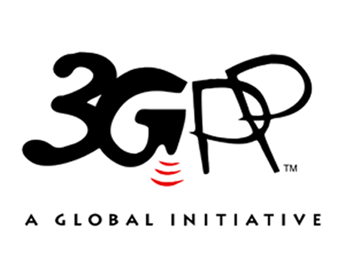3GPP IPR (Intellectual Property Rights) declarations are formal statements made by participants in the European Telecommunications Standards Institute (ETSI), Alliance for Telecommunications Industry Solutions (ATIS), etc. These declarations are made by companies or individuals who claim to hold intellectual property rights, specifically patents or patent applications, which are essential to the implementation of 3GPP standards. 3GPP organization partners require participants in the standards development process to declare these essential IPRs as a way to manage and mitigate potential patent-related conflicts and to ensure that all relevant technologies incorporated into the standards can be accessed by users under Fair, Reasonable, and Non-Discriminatory (FRAND) terms.
Key Points of IPR Declarations:
-
Declaration of Essentiality: Patent holders declare that they hold patents which are essential to a 3GPP standard. This does not mean that the patents have been independently verified as essential; it is based solely on the patent holder's claim.
-
Licensing Commitment: By making an IPR declaration, the patent holder typically commits to license their essential patents on FRAND terms, although the specific licensing terms are usually negotiated separately.
You can find the ETSI IPR policy here: https://www.etsi.org/intellectual-property-rights
You can find the ATIS IPR policy here: https://atis.org/policy/patent-policy/
Here is the ETSI IPR declarations database: http://ipr.etsi.org.
Caveats to Keep in Mind When Searching the ETSI Declarations Database:
-
Self-Declared Essentiality: The essentiality of patents is declared by the patent holder and is not independently verified by ETSI. Therefore, users of the database should be aware that a declaration does not guarantee that a patent is actually essential to a standard.
-
Inclusivity of Database: Not all essential patents may be declared in the ETSI database. Some patent holders might choose not to declare their patents, or there may be patents that are essential but unknown to their holders.
-
Accuracy and Updates: The ETSI declarations database depends on the information provided by the patent holders. It can sometimes be outdated or incomplete if patent holders do not promptly update their information following changes in patent ownership or status.
-
Legal and Licensing Implications: Declarations do not provide detailed information about licensing terms, which need to be negotiated separately. Users must contact patent holders to discuss licensing.
-
Broad and Multiple Declarations: Some companies may declare entire patent families or a large number of patents as essential to cover various aspects of a standard, which can make it challenging to determine the specific patents that are truly essential.
-
Geographical Coverage: The relevance of the declared patents can vary by country, as patent protection is territorial. Thus, a patent declared as essential in the ETSI context might not be registered or enforceable in every jurisdiction.
- Declarants' legal identity: When searching for declarations for a known company, keep in mind that patents might be declared under an affiliated business entity such as, a licensing or IP holding entity affiliated with the company, subsidiaries in different countries, etc. E.g., Vodafone IP Licensing Limited, Vodafone Libertel BV, Vodafone Ltd, etc.
